After the Huffington Post informed me Carmen Dell’Orefice, Oldest Working Model, Turns 80, I crinkled my nose, wondering why this is headline news, and furthermore, why a Huffington author would lead the story with “An 80-year-old model sounds like a fashion oxymoron”? In fact, it doesn’t sound like an oxymoron to me at all, but perhaps that’s because I’m familiar with the history of fluctuating beauty norms and recognize that the obsession with youth and youthful beauty is a relatively recent phenomenon.
Though youth has always been prized as an attribute for a wife– relating, as it does, with fertility, endurance, and longevity– the history of clothes modeling actually favored middle aged men and women. Charles Dana Gibson’s famous sketches of “Gibson Girls” just after the turn of the 20th century (unfortunately, most pictures of his you see are without his witty social commentary, often about the expectation of women to be beautiful and to marry wealthy older gentlemen, and the manipulation that goes along with this competition by men and women alike). In the example below (apologies for the terrible quality), a typical Gibson Girl beauty is ignored by gold-digging men who favor a wealthier woman. Note that the heiress does not appear to be older, so much as just dour; the lonely Gibson Girl could be in her twenties or even perhaps thirties, she has a womanly, curvy physique (assisted by the S corset of the day), and a sophisticated, loose upsweep hairstyle:
The 1920s were really the first years when extreme youth — specifically athletic figures that often resembled pubescent female bodies — established itself as the dominant beauty ideal (see my previous post on Athletic Aesthetics). The androgyny was heightened by modern women chopping off their long hair in favor of pageboy bobs, as exemplified by boyish silver screen star Louise Brooks:
The Great Depression brought more conservative, i.e. traditional, aesthetics back, and the more mature curves (and mouth!) of Mae West once again became desirable. Models in store windows and catalogs like Sears Roebuck were likewise women and not girls; this trend continued through the 1950’s, when Carmen Dell’Orefice started her career (you can see that though she’s young, she’s styled in a sophisticated manner typically associated with age and maturity):
Other models of that era included Suzy Parker (1932 – 2003),
Sunny Harnett (1924 – 87),
and Dorian Leigh (1917 – 2008),
who were in their 20’s, 30’s, and 40’s respectively in the 1950’s. The sexual revolution of the 1960s shifted the focus from the motherly generation (albeit young mothers), to a newly discontented youthful one. Twiggy exemplified this “youthquake” with her ’20s-like prepubescent body, boyish “pixie cut” hair, and enormous baby doll eyes, exaggerated with painted and false eyelashes:
Since the ’60s, we have continued to glorify not just youthful-looking models (and all women, by extension), but actual, extreme youth, “discovering” models still in high school, their careers often ending before they would’ve graduated from college as hag-dom sets in. Brooke Shields posed for Calvin Klein’s sex-imbued jeans ad in 1980, still baby-faced at 15:
Or Kate Moss, discovered at age 14 (her career has probably lasted as long as it has in part due to her enduring waifish figure):
We are favoring youthful innocence in our women’s appearances, even as women think they’re claiming more political rights, fighting gender discrimination, raising their salaries to men’s, etc. (See my article on Grey Hair as Social Statement to read more on the blatant contradictions of women’s rights and women’s beauty.) Friends reading this will joke that I’ve always had a serious soft spot for the elder population (perhaps because I have not-so-secretly believed I was an old lady since my 20s), but I truly love the fine lines and wrinkles that form around our eyes where we laugh and smile, that have become our enemy according to the beauty industry which suggests creams and lotions and photo manipulation to wipe them out. I love seeing older models make more guest appearances on major runways (Iman and Kristin McNemany among them), though these women are still only older (than teenage models) and not truly elderly. For truly stylish, ballsy, creative elder fashion, I direct you to two of my favorite geriatric fashion blogs: the delightful Advanced Style, and Idiosyncratic Fashionistas, neither of which limits its subjects to vintage / classic ideals of mature beauty, but rather embrace creativity and personal expression through dress.
Between Carmen Dell’Orefice in the ’50s and now…
I’ll take now, thank you very much.
Further Reading:
- Umberto Echo’s The History of Beauty

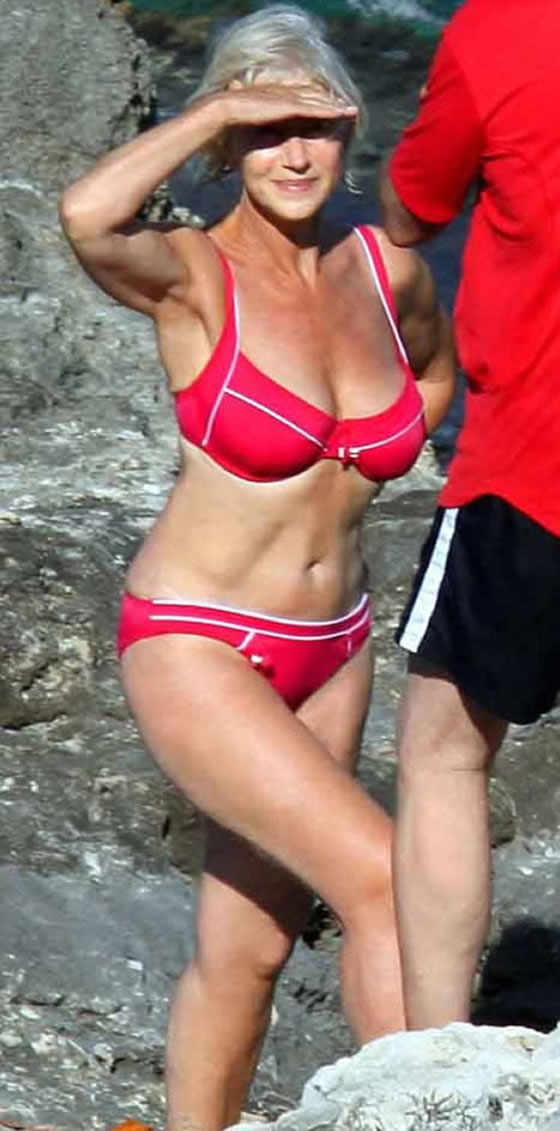










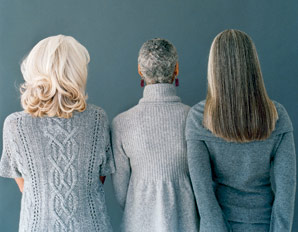
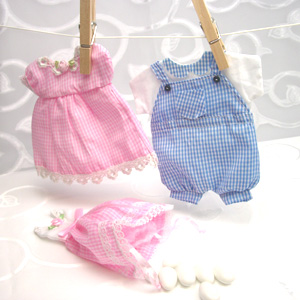
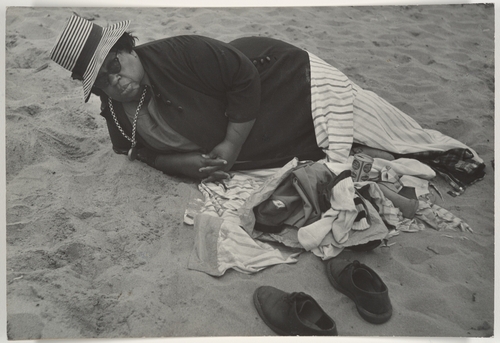
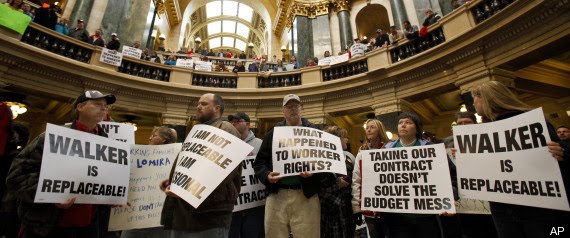

























2 comments
Majoranka says:
Jan 23, 2012
It has always seemed to me that the boyish / pubescent figure (preferred in the times when women were / are aspiring to fight for their rights to full citizenship and personhood, career outside of home, etc.), is a symptom of a great ambivalence towards motherhood which, in our society, can still represent an obstacle to such aspirations. If you can stay a girl, not a woman, you do not have to face the dilemma of motherhood, you are still free and the world seems to be open to you. I think that is, in part, why we are so keen to identify with this idea of beauty. It is not threatening because it does not go directly against the expectation of motherhood, it does not imply any demands for the reform of motherhood/parenthood, it only gives the illusion of postponing it. The solution for the woman question is to never grow up.
Selah says:
Jun 30, 2011
The older generation fashionista sites reminded me so much of my junior year Chemistry teacher! She had cropped grey hair, wore crocs and planet printed dresses with candy corn earrings. I always hoped there were more eccentrically stylish ladies out there like her, thank you for posting their links! I hope one day I will join the ranks!